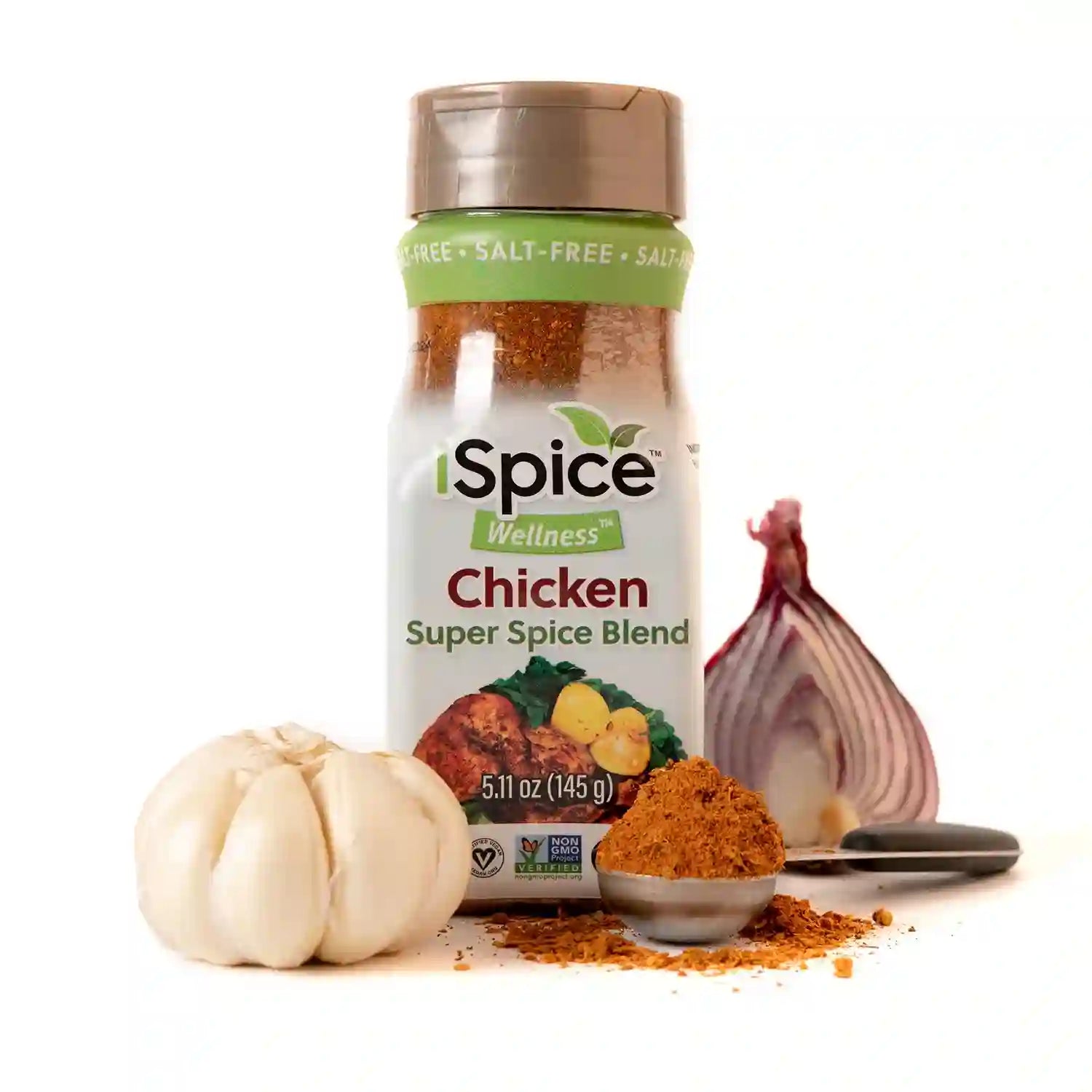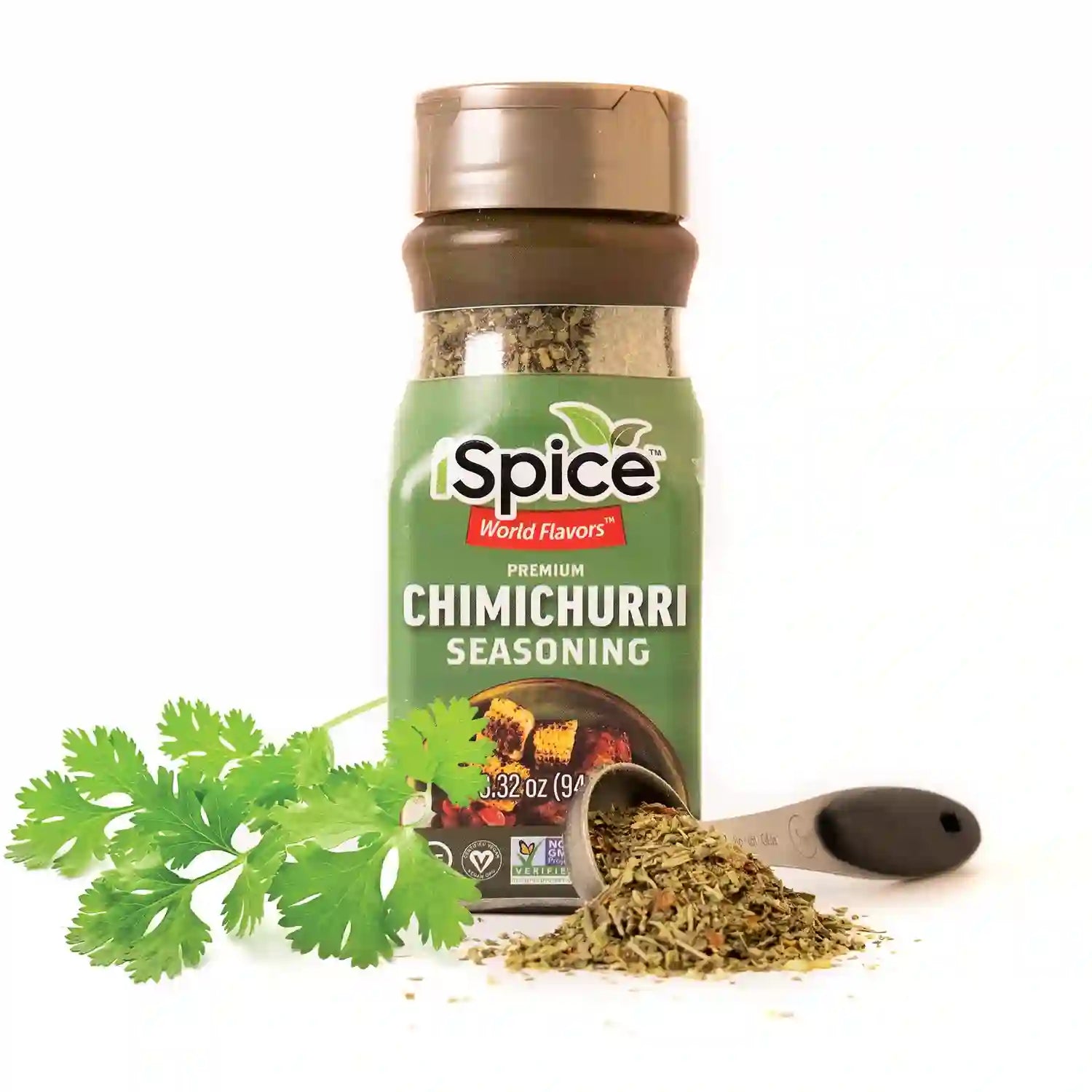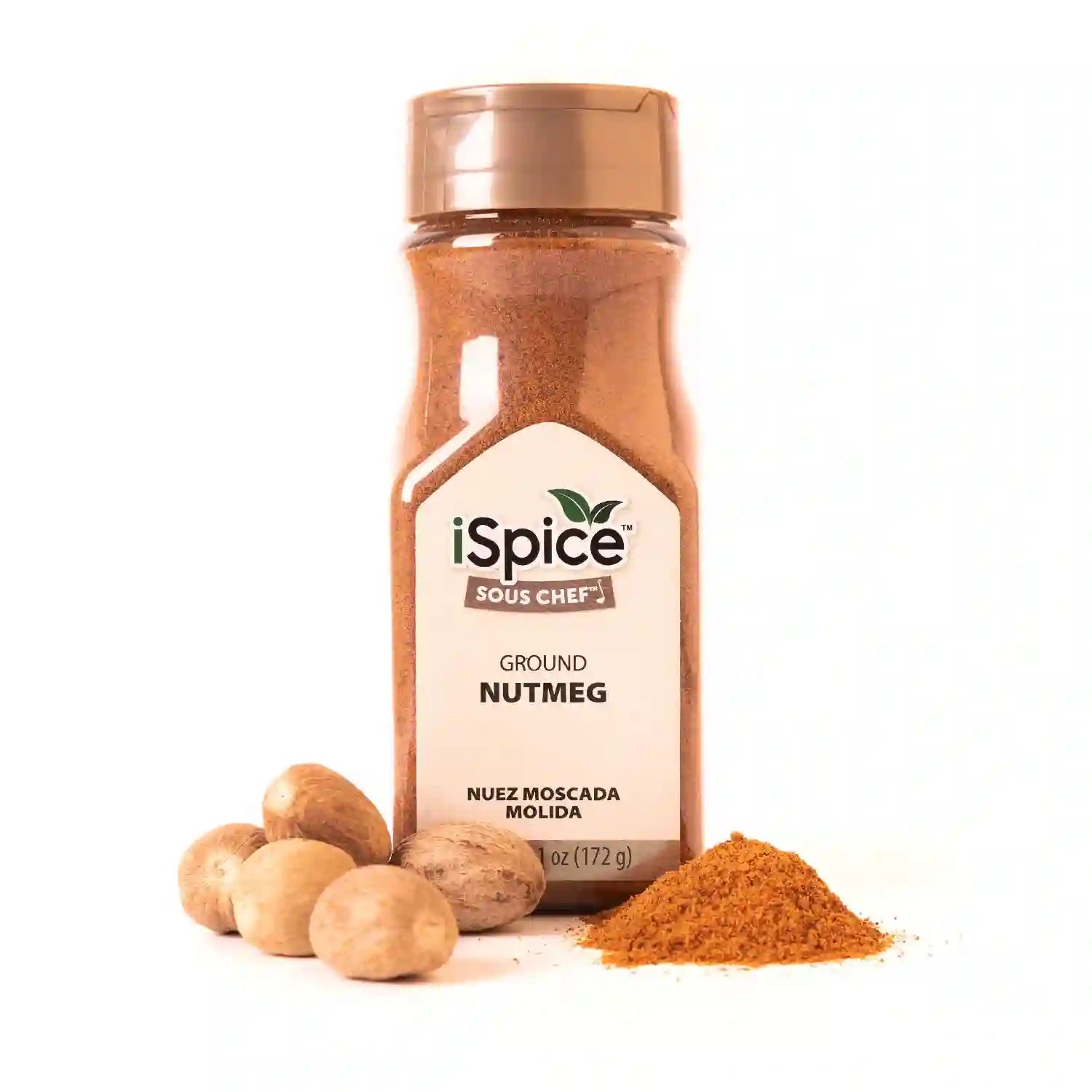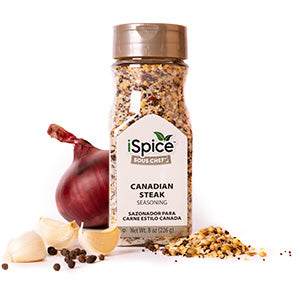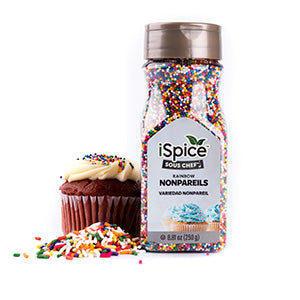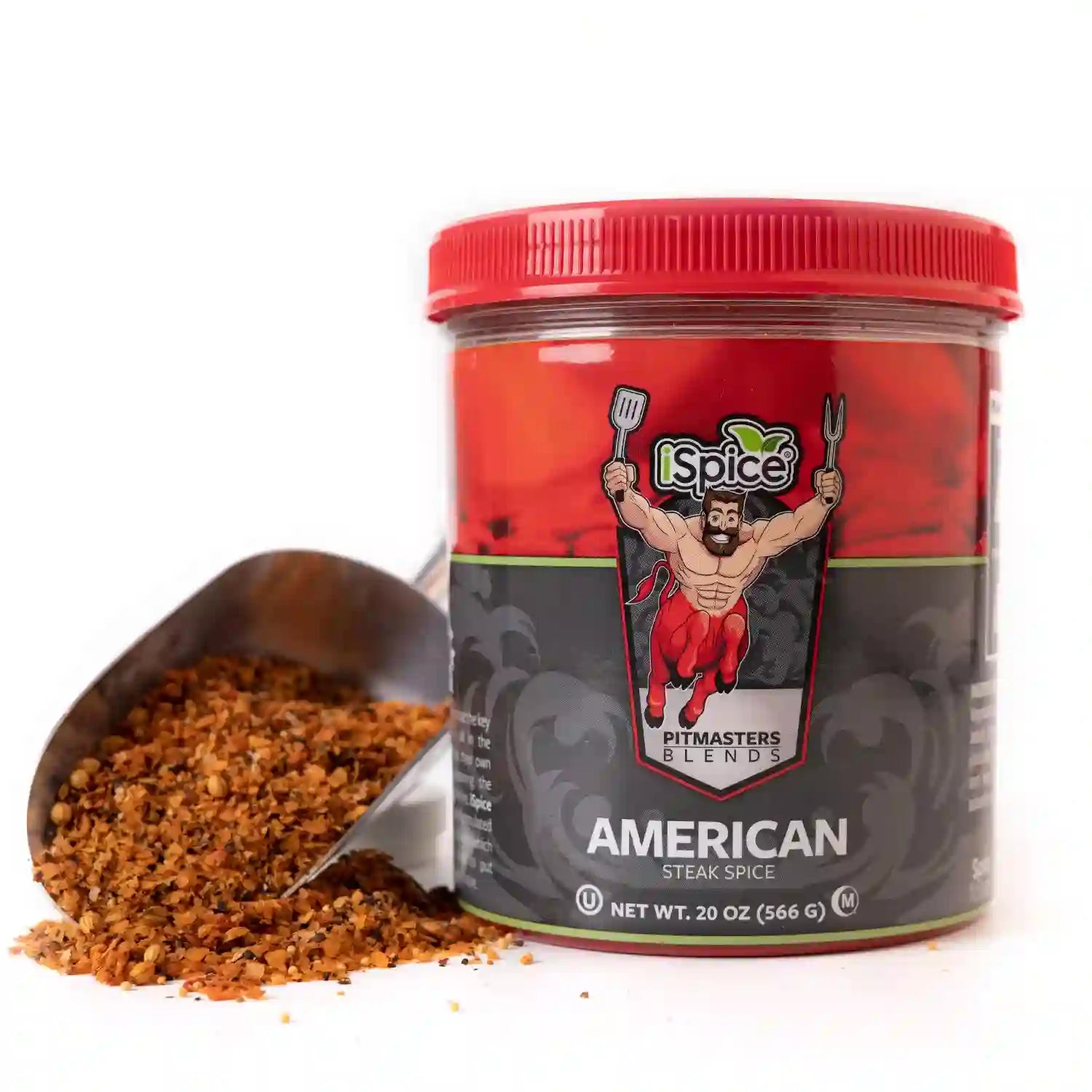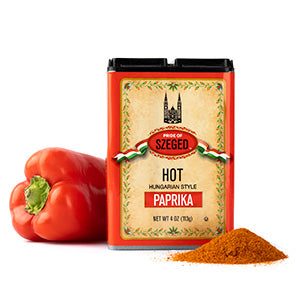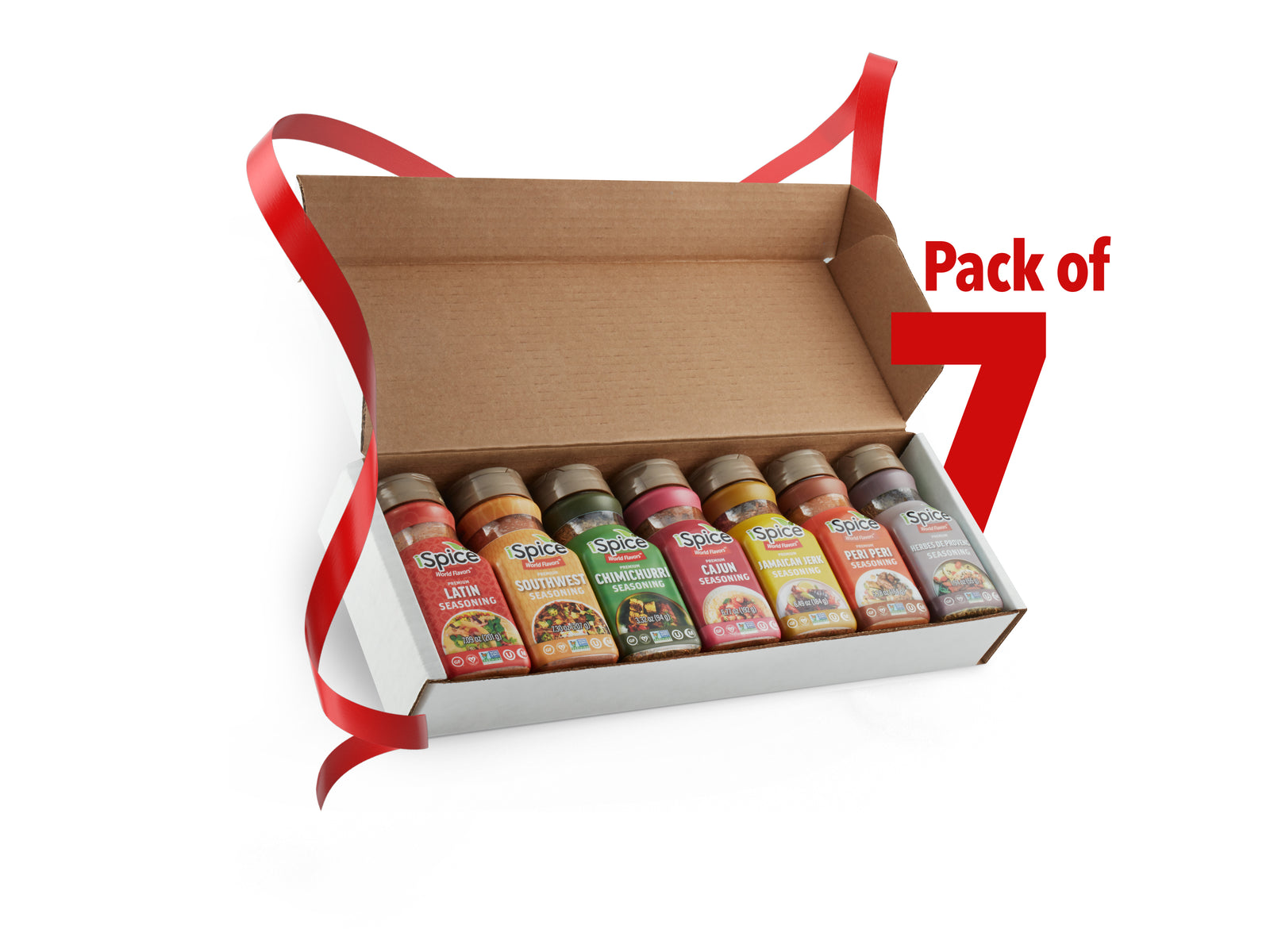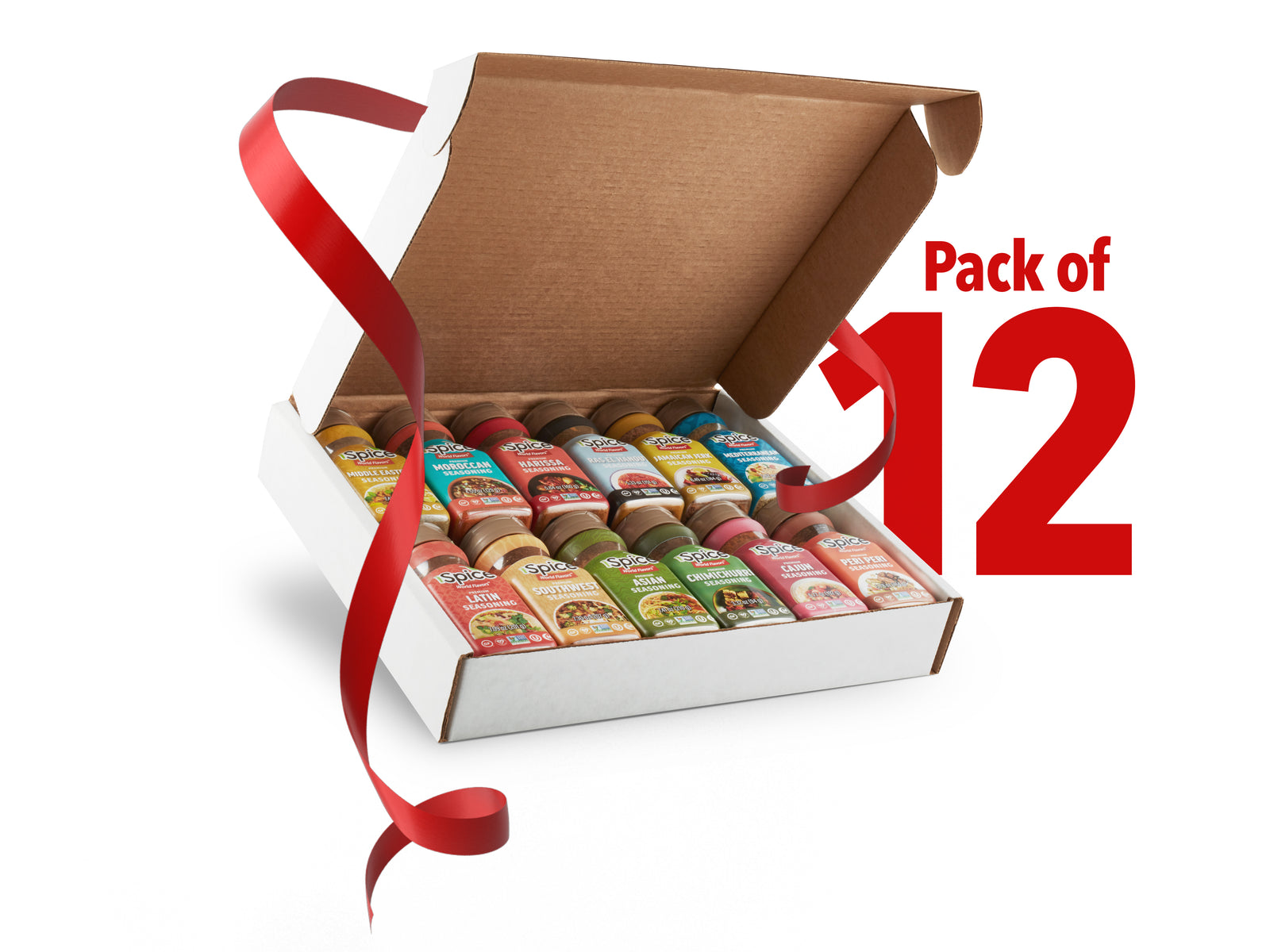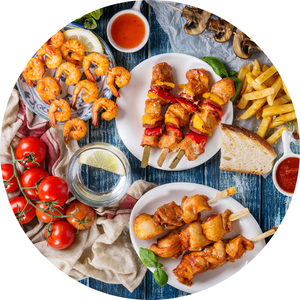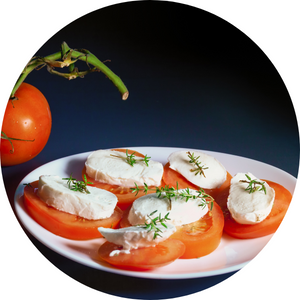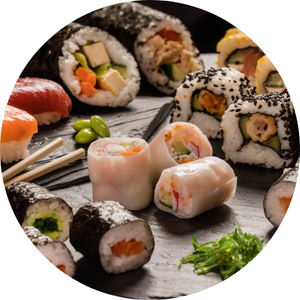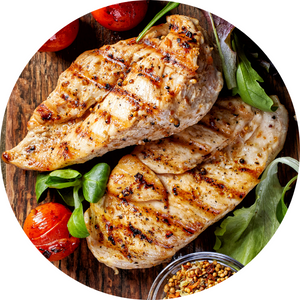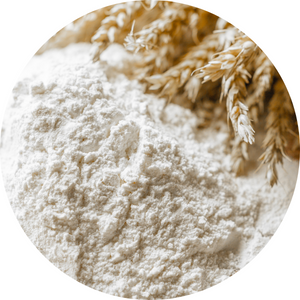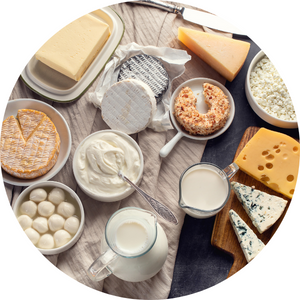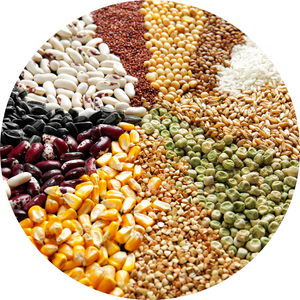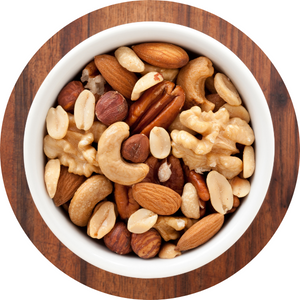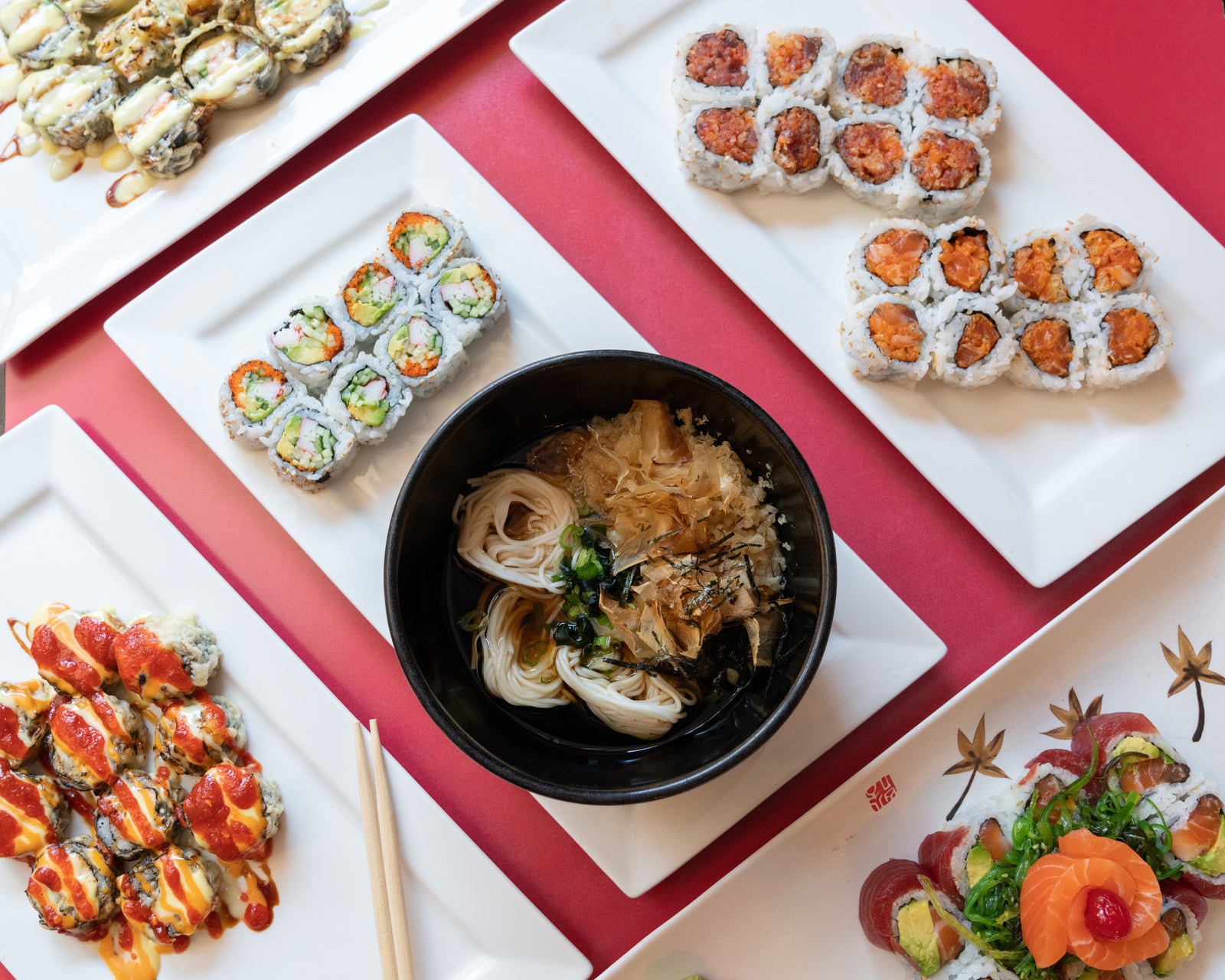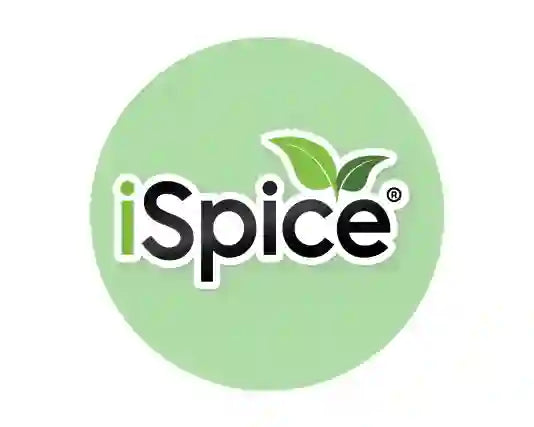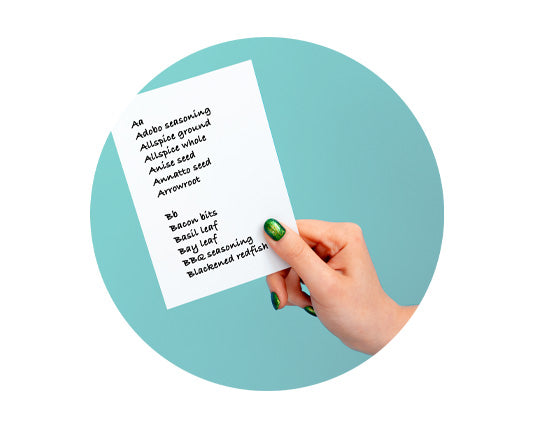
Herbs have the power to transform casseroles and baked dishes from simple comfort food into flavorful, aromatic meals. Whether it’s the warmth of rosemary in a potato bake, the brightness of parsley in a chicken casserole, or the earthiness of thyme in a vegetable gratin, herbs add depth and character that elevate every bite.
The key is knowing which herbs to use, when to add them, and how to balance flavors so that each ingredient shines without overpowering the dish.
Why Herbs Matter in Casseroles and Bakes
Casseroles and baked dishes often cook slowly, giving herbs time to release their essential oils and blend seamlessly with the other ingredients. Herbs not only enhance flavor but also:
-
Add freshness and aroma
-
Balance rich or creamy ingredients
-
Deepen savory profiles without extra salt
-
Provide natural color and texture contrast
From hearty meats to vegetable-based dishes, herbs bring a sense of warmth and home-cooked comfort.
Best Herbs for Casseroles and Baked Dishes
| Herb | Flavor Profile | Best Uses |
|---|---|---|
| Thyme | Earthy, subtle, and savory | Chicken casseroles, vegetable bakes, potato dishes |
| Rosemary | Piney and aromatic | Lamb, potatoes, roasted vegetables |
| Oregano | Warm and slightly bitter | Pasta bakes, tomato sauces, Mediterranean dishes |
| Parsley | Fresh and bright | Finishing touch for baked fish, chicken, or rice |
| Basil | Sweet and fragrant | Tomato bakes, lasagna, and pasta casseroles |
| Sage | Bold and earthy | Cheese-based casseroles, poultry dishes |
| Dill | Light and slightly tangy | Seafood or vegetable bakes |
| Chives | Mild onion flavor | Creamy potato bakes and egg casseroles |
These herbs can be used alone or combined to create flavorful blends that suit any baked recipe.
When to Add Herbs: Timing Is Everything
1. Fresh Herbs
Fresh herbs are delicate and best added toward the end of baking or as a garnish to maintain their color and fragrance.
Examples: Parsley, basil, dill, and chives.
2. Dried Herbs
Dried herbs release flavor slowly, so add them at the beginning or during mixing before baking.
Examples: Thyme, oregano, rosemary, and sage.
3. Layering for Depth
For rich casseroles, use a mix of both—add dried herbs early for base flavor and fresh herbs at the end for brightness.
How to Combine Herbs for Casseroles
Classic Comfort Blend
Thyme + Parsley + Bay Leaf
Perfect for chicken, beef, or vegetable casseroles.
Mediterranean Blend
Oregano + Basil + Rosemary
Ideal for pasta bakes, tomato sauces, and lasagna.
Rustic Herb Mix
Sage + Rosemary + Thyme
Adds depth to cheese bakes and potato dishes.
Fresh Garden Mix
Parsley + Dill + Chives
Balances creamy or seafood-based casseroles.
Techniques for Enhancing Flavor with Herbs
-
Bloom herbs in oil or butter before mixing into casseroles—this helps release their essential oils.
-
Crush dried herbs between your fingers before adding to activate aroma.
-
Pair herbs with spices like paprika, cumin, or nutmeg for layered flavor.
-
Use herb-infused breadcrumbs as a crispy topping for texture and fragrance.
-
Balance strong herbs (like rosemary or sage) with lighter ones (like parsley or dill).
Example: Herb-Layered Potato Bake
-
Sauté garlic with butter and thyme.
-
Layer thinly sliced potatoes with rosemary and black pepper.
-
Pour over a mix of cream and milk seasoned with nutmeg and salt.
-
Bake until golden, then sprinkle with fresh parsley before serving.
Result: a rich, aromatic side dish that complements any main course.
Frequently Asked Questions About Using Herbs in Bakes
1. Can I substitute dried herbs for fresh ones?
Yes. Use about one-third the amount of dried herbs since they’re more concentrated.
2. Should I mix herbs directly into the casserole or sprinkle them on top?
For deep flavor, mix into the dish; for aroma and presentation, sprinkle fresh herbs on top after baking.
3. What’s the best way to store fresh herbs for casseroles?
Keep them wrapped in a damp paper towel in the refrigerator to retain freshness for up to a week.
4. Can I freeze casseroles with herbs?
Yes, but fresh herbs may lose color—dried herbs hold up better during freezing and reheating.
5. How do I balance strong herb flavors?
Start small and build up. Combine assertive herbs like rosemary with milder ones such as parsley or basil.
Final Thoughts
Using herbs in casseroles and baked dishes brings a layer of sophistication to simple comfort food. Whether you’re crafting a creamy potato bake or a bubbling pasta casserole, herbs add fragrance, depth, and freshness that make every dish feel homemade and special. With the right combinations and timing, you can turn any casserole into a warm, flavorful masterpiece.

